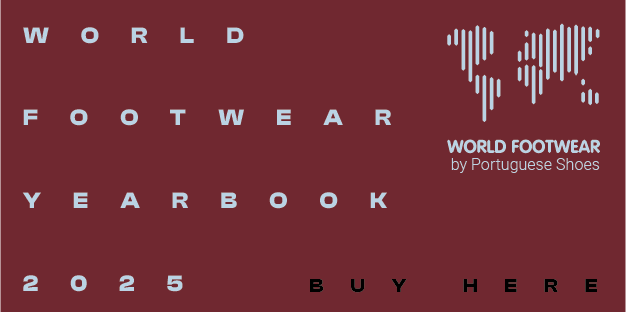Germany’s shoe industry navigates market changes

German footwear imports dropped, with Vietnam overtaking China as the leading supplier. Higher wages, inflation and political uncertainty add to the challenges shaping the industry’s outlook for 2025
Sales
In 2024, Germany's footwear sector experienced a modest nominal sales increase of 2.4%, reaching 2.12 billion euros. Domestic sales rose by 4.5%, from 1.55 billion to 1.62 billion euros. However, foreign sales declined by 6.6%, decreasing from 528 million to 493 million euros.
Employment and Wages
Employment in larger footwear companies (those with over 50 employees) grew by 2.65%, reaching 9,283 employees in 2024. Including smaller firms, the industry employs approximately 15,500 individuals. Total hours worked also increased. Wages and salaries rose by over 8%, from 25.8 million to 27.9 million euros, surpassing the national inflation rate of 2.2%.
Exports
The total export value of German footwear reached approximately 10.4 billion euros in 2024, a 3% increase from 10.1 billion euros in 2023. Poland and France remained key export destinations. Exports to France saw a slight increase of 1.4% in 2024, while exports to Poland experienced a more significant rise of 4.8% in the same period.
Imports
Imports of footwear into Germany decreased by 1.7%, from 11.9 billion euros in 2023 to 11.7 billion euros in 2024. Notably, Vietnam became the leading source of imports, with a value of 2.6 billion euros, surpassing China, which stood at 2.5 billion euros. This shift is attributed to the sustained demand for sneakers and sports shoes.
Prices
Consumer prices for footwear increased by 5.51% in 2024, a lower rate than the 7.21% rise in 2023 but still above the overall inflation rate of 2.2%. At the manufacturing level, prices increased by 0.79%, slightly below the 1.43% uptick observed in 2023.
Outlook
The German economy faces ongoing recessionary pressures, with a 0.2% contraction in GDP reported for 2024. Growth forecasts for 2025 have been revised downward, suggesting continued challenges for the retail sector. Nevertheless, specific market segments, such as sports and barefoot (minimalist) shoes and the luxury segment, are anticipated to perform well.
The industry also contends with political uncertainties and economic challenges stemming from newly implemented environmental standards at both national and EU levels. Additionally, uncertainties related to government formations following elections in Germany, Austria and France may impact the sector.
German Shoe Industry
According to the World Footwear Yearbook 2024 (more information available HERE), rubber and plastic was the most common type of footwear imported and exported in Germany in 2023, followed by textile and leather footwear types, respectively.
Image Credits: Conny Schneider on Unsplash














